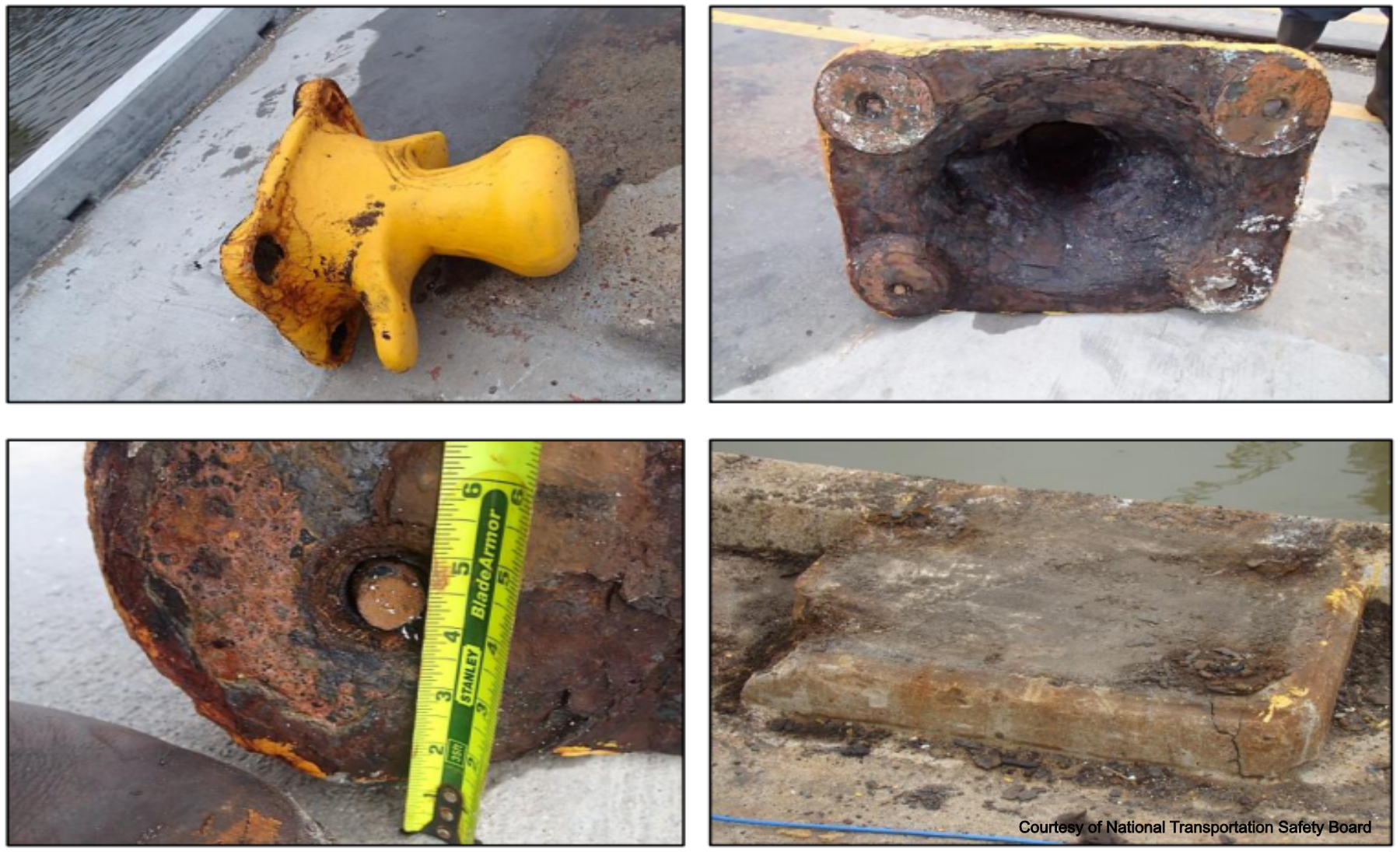Construction Safety
CDM Advice
Construction can be a necessarily complex business. And if the complexities of the project were not enough, there is a raft of legislation to comply with too. But that does not mean that compliance should be complex as well. Construction today is far safer than it has ever been thanks to laws that have encouraged change in the sector, and improved the working lives of personnel in every area of the industry.
Having someone on hand who understands the legislation, and how it can best be applied to any given project, can not only make projects safer, but also more cost efficient. The construction regulations themselves are an excellent example of law that – when properly complied with – can help to enhance safety, profitability, client satisfaction, and timely delivery. And members of Attis have, quite literally, written the book on the subject (see An Effective Strategy for Safe Design in Engineering and Construction, Wiley) .
CDM Document Preparation
The CDM regulations place obligations on the duty holders to provide certain documents in a timely manner. The content and size of those documents is entirely dependent on the size and complexity of the project. Wasting time filing huge quantities of paperwork that are unnecessary is a burden that no one in this industry needs. Similarly, not completing the proper paperwork, or missing vital components may be a breach of a legal duty.
At Attis we have seen all types of projects from cycle tracks in city centres to secure, bespoke government buildings. We understand exactly what documentation is required, when it is required, and how it should be presented. Whether you use a in-house system or wish to work from our numerous templates, the quality and quantity of documentation for your project will be suitable, sufficient, and above all compliant.
Principal Designer
The role of the principal designer under the CDM Regulations 2015 can often be misunderstood, even after a decade of implementation. The central role of the principal designer is to makes sure that the design, and the subsequent construction, are mindful of the general principles of prevention. Whilst these are not onerous, and are usually being considered by designers and contractors alike, it can often save large amounts of cost, time, and rework when they are considered fully.
When properly carried out, the role of the principal designer can not only bring numerous benefits to the project itself, but also ensure that the client is fully compliant with their multiple duties under the legislation. This is extremely important as the client has the most to gain from a project that is delivered on time and on budget, both of which are helped by professional and pragmatic planning.
Health and Safety File
At the end of a construction project, the client must ensure that a file containing all the relevant health and safety information about the constructed asset is created. This file of information must remain with the asset throughout its operational lifespan. This helps to ensure that those who operate, maintain, repair, and ultimately demolish or deconstruct the asset are aware of any specific risk to their safety.
As with any documentation under the CDM regulations, getting the balance right between providing important and informative information, and keeping the document to a practical size can be a matter of experience and understanding the regulations thoroughly. This is vital in ensuring the safety of all those who come into contact with the asset, as well as statutory compliance.
Site Inspections and Audits
Much is made of the ‘safety culture’ that organizations should have in place. But what does that mean in real terms? Just believing it exists is not sufficient.
Attis have wide experience at implementing safety and safety-critical management in a range of industries, including the military, developing safe systems of work that are intrinsic to the operation, not appended to it.With construction under way, the requirements of CDM regulations do not stop. All of the considerations at the beginning of the project – welfare, traffic routes, material deliveries, fire risks and emergency procedures – must all be maintained to the highest standard. At the very least they must comply with the law. Many of these considerations lie with the client, who must ensure provisions are maintained throughout the project.
The most effective way to confirm this is to conduct regular sites inspections. These can be highly effective at quickly identifying any areas of concern or where best practice could improve safety or operations. If you or your contractor is already conducting site inspections, then a safety audit can provide an additional layer of confirmation. An audit goes far beyond the inspection of simple site safety by examining documentation, procedures, and the proper implementation of the design safety aspects.




